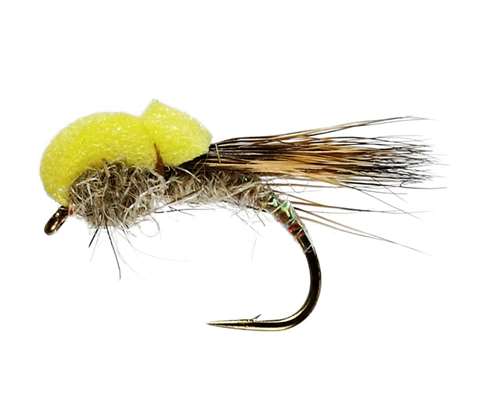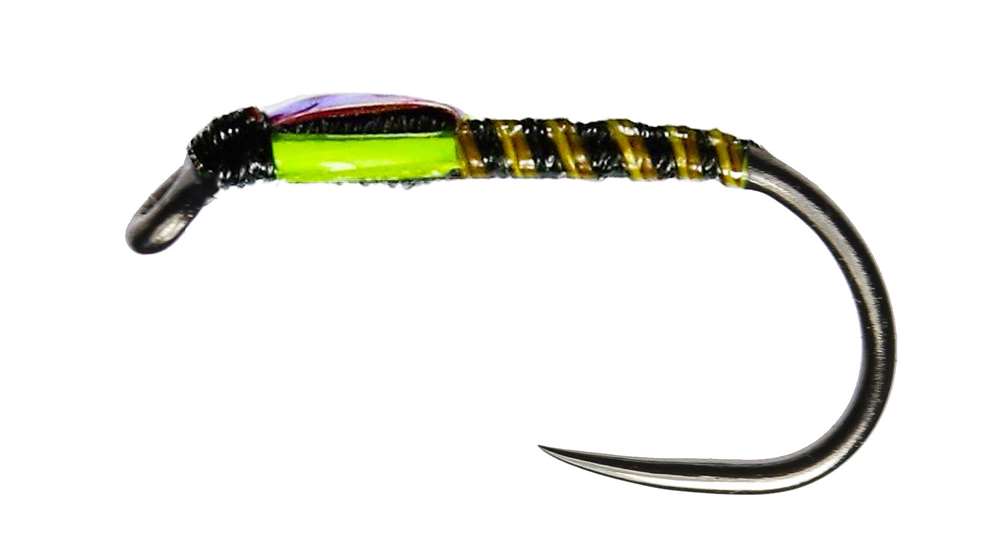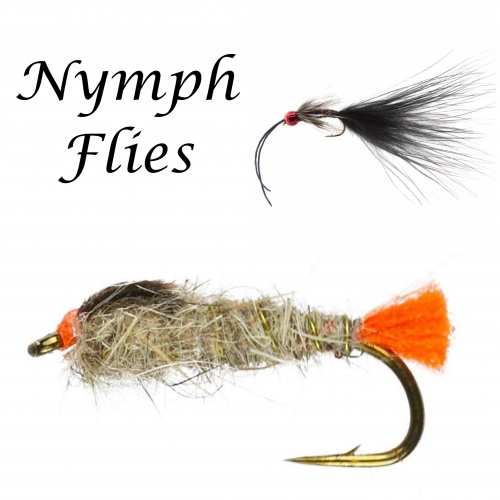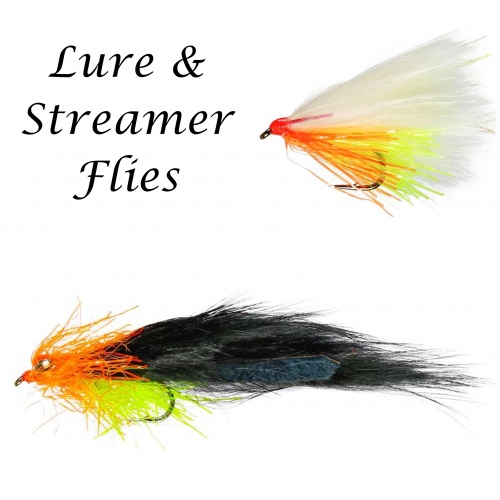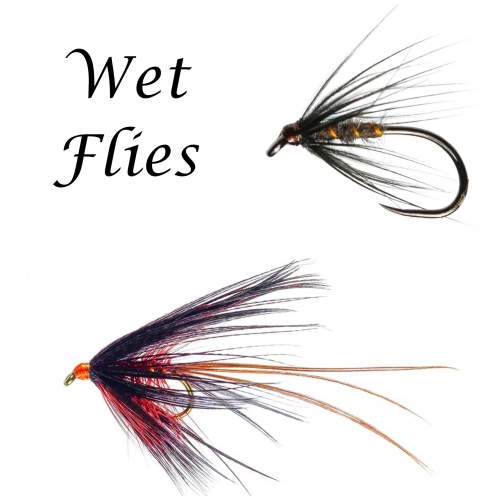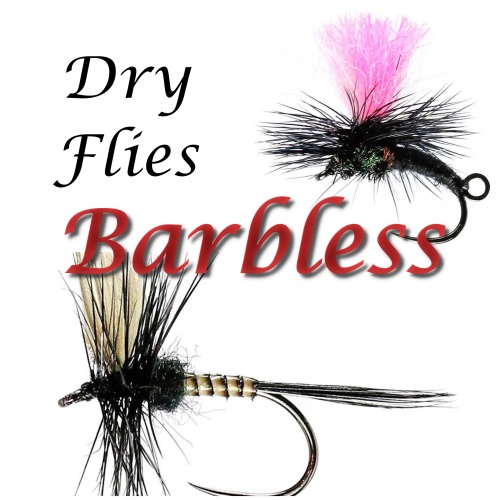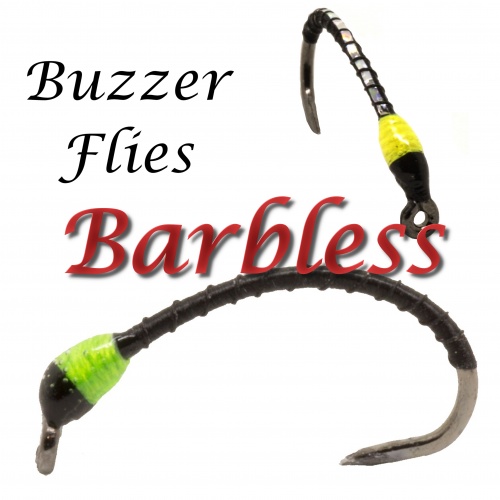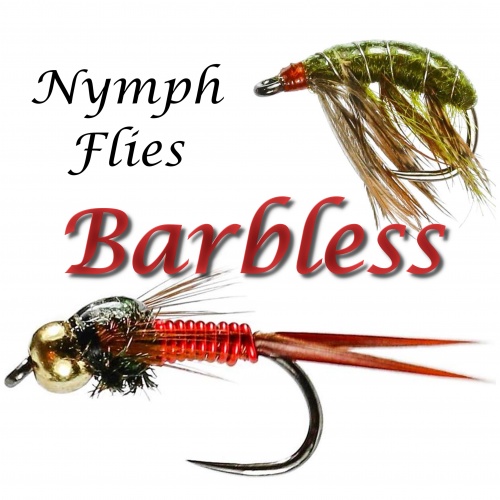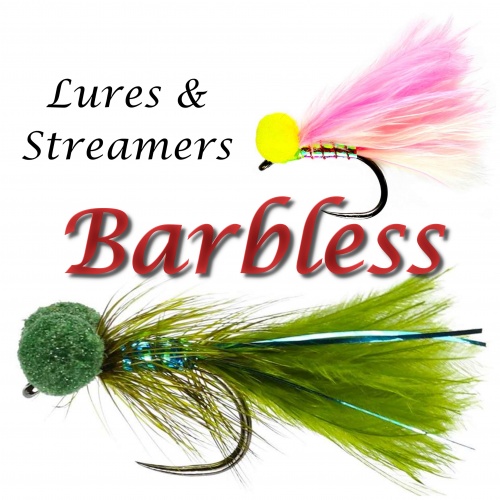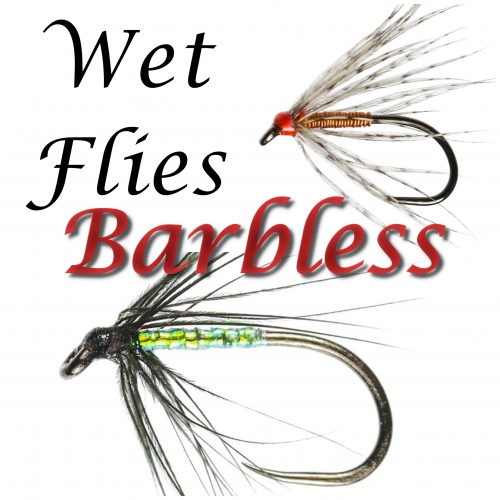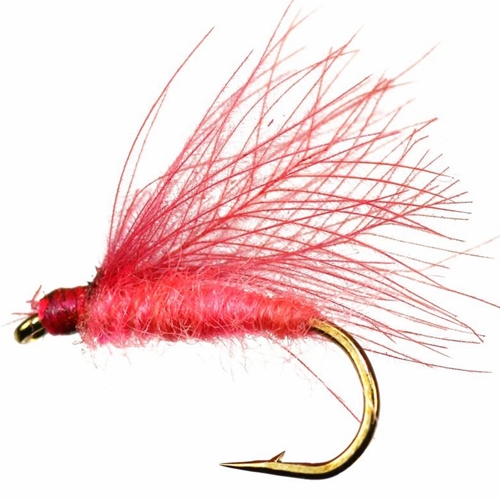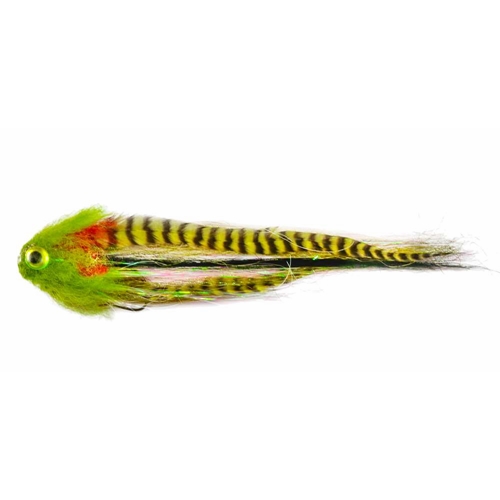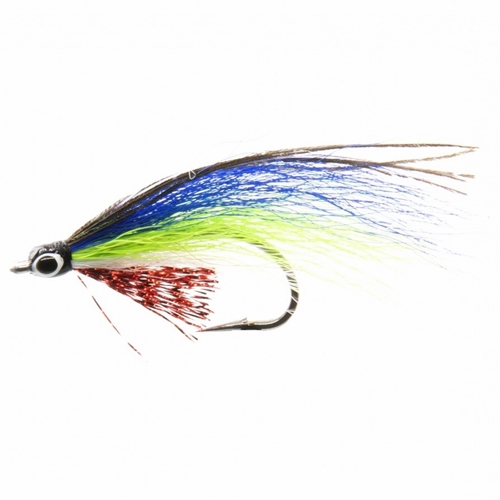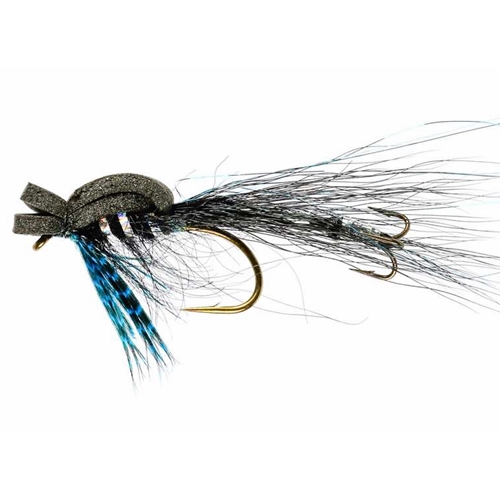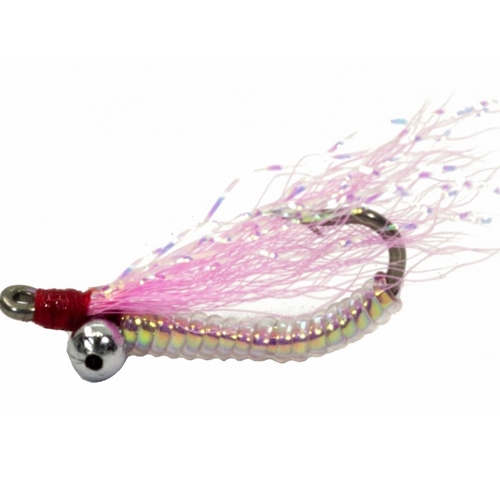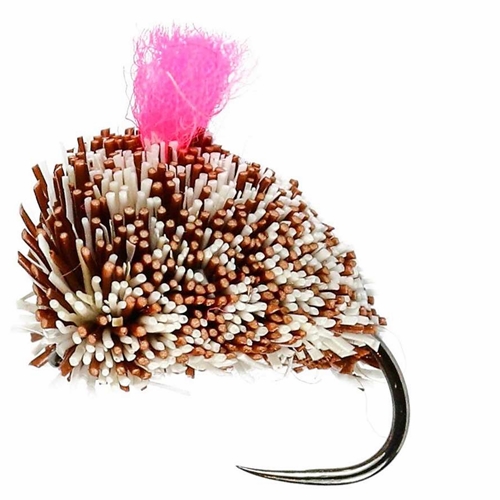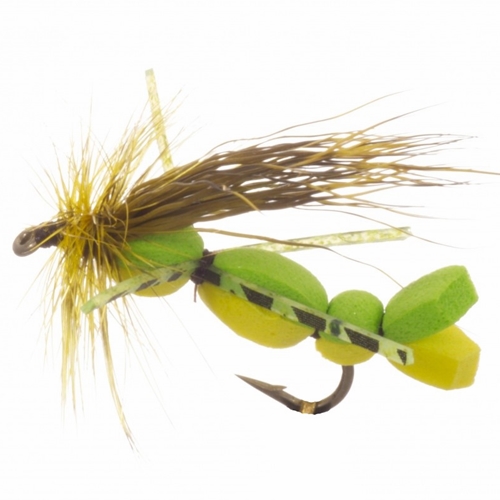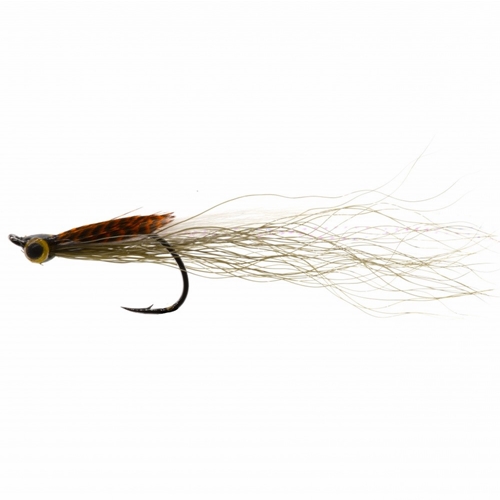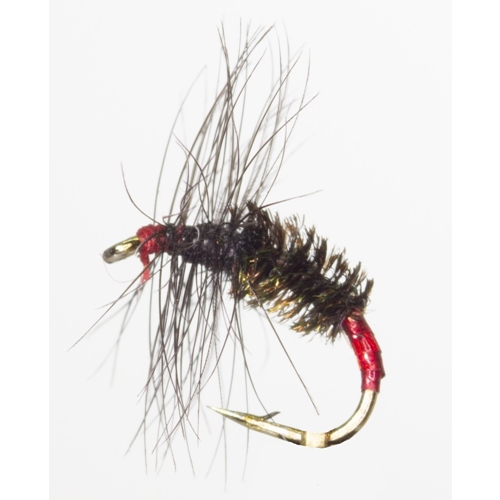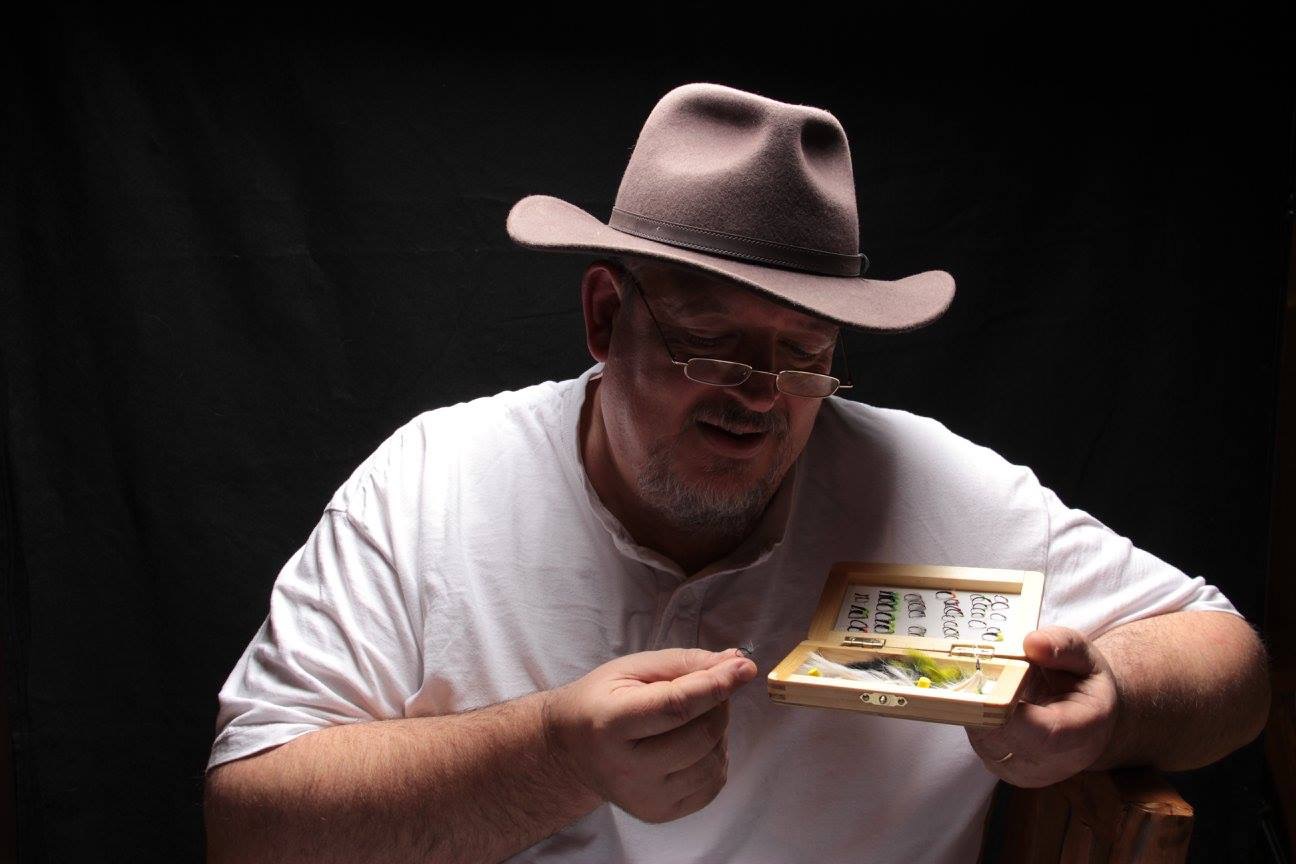
 The patterns created by rainbow trout during their feeding is a useful identifier of what rainbow are feeding on, the issue is evaluation of the fishes movement as well as identifying what the movement means.
The patterns created by rainbow trout during their feeding is a useful identifier of what rainbow are feeding on, the issue is evaluation of the fishes movement as well as identifying what the movement means.
You can find 5 main types of trout movement that are called:
- A bulge or swirl this occurs as looking for snail or shrimp,
- the full body rise found, its next meal probably a spinner, adult midges, midge pupae or else un-hatched 'upwinged-fly' nymphs ;
- The surface break - the commonest along with most wanted indication of fish movements, the Surface Break is when you would anticipate listen to the big "gloop" of the victim jumping plus hitting water on re-entry as it puts on a burst of pace to grasp its' next meal;
- The slash takes place as mayfly hatch. It's an exciting time for trout. Good big & succulent fare at the surface in the water, difficult nevertheless completely worth the endeavor. The rainbow trout will appear as playful, 'slashing' the stream once they realise the enormous quantities of undemanding quarry being carried towards them by means of the current and lastly
- the kiss the 'trout kiss' (or sip) is subtle, followed just by briefest pattern of ripples fading very quickly. A surface prey has been eaten
the commonest along with most wanted indication of fish movements, the Surface Break is when you would anticipate listen to the big "gloop" of the victim jumping plus hitting water on re-entry as it puts on a burst of pace to grasp its' next meal;
"The slash" takes place as mayfly hatch. It's an exciting time for trout. Good big & succulent fare at the surface in the water, difficult nevertheless completely worth the endeavor. The rainbow trout will appear as playful, 'slashing' the stream once they realise the enormous quantities of undemanding quarry being carried towards them by means of the current and lastly
"the kiss" the iconic, gentle sound, you aspire to take notice of nevertheless never receive it, 'trout kiss' (or sip) is one of the on the whole subtle noises in nature, followed just by briefest pattern of ripples fading very quickly. All movement provides a sign to prey being fed on from the hungry rainbow trout plus is essential for those fisherman.
The "Full Body Rise"
This would have to be the obvious and simply noticeable "rise form" witnessed within the river; assertive, stalking, yet very nearly lingering and leisurely emergence of head, body, tail and followed by those superb rings that anglers are altogether so fond of. This Full Body Rise is a indication of an relaxed and assured trout, that could be looking for, or has found, its' next food of a creature that can't escape (for instance un-hatched "upwinged-fly" nymphs, drowned spinners, adult midges or midge pupae). Your alert angler will discover, over time, that these brown trout to be essentially the most consistent feeders in the stream, returning to the common feeding area that they can discover a continuing supply of "anchored" food.
Whilst they might be challenging to persuade by means of dry fly fishing flies, rainbow trout feeding on the aforementioned fare sorts unless you match the hatch exactly are perfect candidates for the wet flies, with Gold-ribbed Hare's Ears, PT Nymphs, Hawthorn Flies, Midge Pupae or Adult Midges all working very well.
The "Swirl"
The crafty fly fisherman will habitually discover that one is able to spot the trout, simply as a result of looking for swirls (or 'bulges') on the waters' surface. These are the result of fish looking for shrimps, larvae, snails and nymphs; that burst of momentum that they put on to ensnare the quarry creating the displacement which, particularly in shallow water, or if the trout is swimming close towards the waters surface, will then be discernible by angler.
As fishermen, we are able to draw on this knowledge to our benefit, solely via knowing easy methods to interpret the bulges after that accordingly what flies to make use of. When hunting for shimp or snail, a fish will twist on towards the side of its' body. In the process, their caudal region (or tail, if you like) will likely be moving in a up / down action, versus side to side. That usually creates a large bulge at the surface #of the# stream, in a very localised neighborhood caused by the energy and angle of decent. In cases where the rainbow trout seem to be feeding upon shimp or snail, one pattern employed by fly fishermen in this case could be the Bibio trout flies or Coch-y-bonddhu that work really well as snail patterns.
You may also detect bulges 'travelling' crosswise the stream (i.e. from bank to bank). Which demonstrates that the rainbow trout are attempting to find buzzers, often in mid water. Notice the larger bulges show the 'starting point' of the trout's location, and not the feeding zone. Survey the bulges, look for directions of movement; you could be able to estimate the end point of the rainbow trout's movement, and accordingly portray an imaginary line linking the 2 points, giving you your target zone. When bulges are seen then use a buzzer trout fly or spider trout fly.
